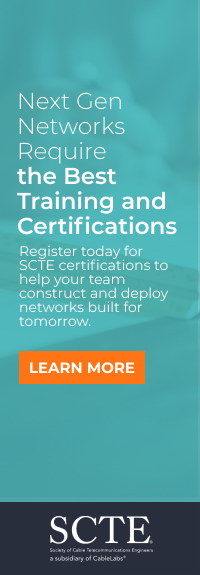How AI and Modular Design Are Powering the Next Generation of Data Centers
New modular shapes and configurations are being introduced to better align with AI-era infrastructure. For instance, instead of relying on legacy container-style layouts, new cabinet shapes are optimized for improved airflow, thermal efficiency, and space utilization within modular shells. Design teams are rethinking everything from battery enclosures to inverter cabinets to reduce floor space while boosting performance.
According to the 2025 Data Center Energy Storage Industry Insights Report by Endeavor Business Intelligence, commissioned by ZincFive, 68% of 132 global industry professionals said they use modular power solutions. They plan to continue to do so, with 22% deploying them at all locations.
Cooling Innovations for Thermal Realities
Liquid cooling is another innovation that has moved from the fringes of data center design into the mainstream. While reliable and well-understood, air-based cooling systems are becoming inadequate for the heat profiles generated by dense clusters of GPUs. Liquid cooling systems—whether direct-to-chip or immersive—can dramatically shrink the cooling infrastructure footprint while reducing energy consumption.
Liquid cooling systems also introduce a new layer of power dependency. Since they must operate continuously to prevent critical components from overheating, many operators are now provisioning uninterruptible power supplies (UPS) not only for compute workloads but also to ensure continuous cooling during grid outages. This dual-UPS architecture adds resilience and highlights how power infrastructure must evolve alongside thermal systems.
The Rise of Pulse Loads and Dynamic Power Demand
Perhaps the most critical shift driven by AI workloads is the emergence of dynamic, pulse-based power profiles mentioned earlier. Unlike traditional compute, which exhibits stable and predictable loads, GPU-based training tasks often create synchronized power spikes as clusters of accelerators operate in unison.
This behavior creates new challenges for data center power design. Provisioning infrastructure to handle peak loads results in significant inefficiency, with excess capacity sitting idle during off-peak moments. To mitigate this, innovative energy storage technologies are being explored to absorb short-duration spikes and maintain consistent draw from the grid.
Recent engineering efforts have demonstrated how advanced battery chemistries such as ZincFive's nickel-zinc (NiZn) battery solutions can respond within milliseconds to these fluctuations, enabling data centers to smooth power profiles and reduce their reliance on overbuilt infrastructure. Since our battery solutions are very good at handling pulsing or transient power loads, we are working to set up systems to address this issue.
This evolution in energy storage will allow operators to better match provisioned capacity to actual workload behavior, significantly improving capital and operational efficiency.
Prefabrication and Integration: A New Way to Build
Prefabrication is increasingly viewed as a cornerstone of next-generation data center builds. Rather than assembling all components on-site, operators now expect sub-assemblies – such as fully integrated UPS systems – to arrive tested, certified, and ready to deploy.
This approach improves quality control, accelerates construction timelines, and reduces the need for specialized on-site labor. It also promotes innovation, as manufacturers can iterate on design and functionality at the component level, ultimately delivering more compact and efficient systems. Data center operators



















